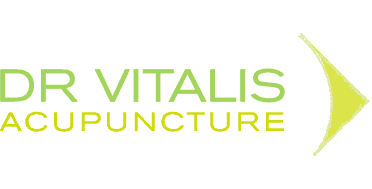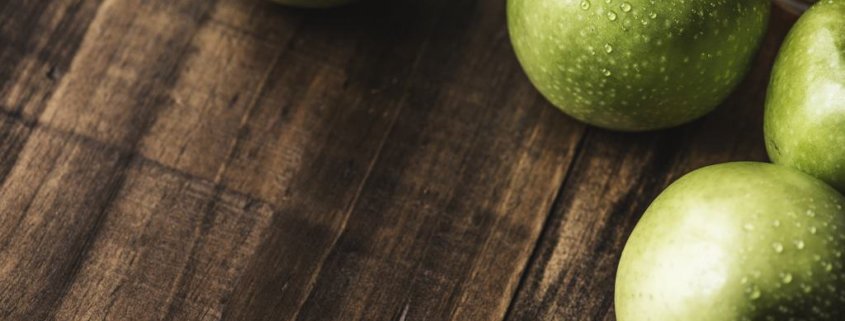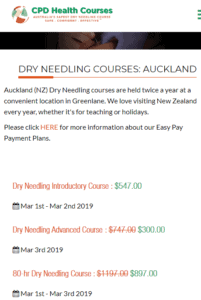Acupuncture vs Dry Needling
What is dry needling?
Dry needling is a treatment that looks like acupuncture, but utilises a very small part of acupuncture techniques.
“It is an over-simplified version of acupuncture” The American Alliance for Professional Acupuncture Safety (AAPAS) White Paper 2016 (CJ Integr med 2017)
Is it safe?
Acupuncture has been established as a very safe intervention. While dry needling includes a number of various techniques. Some of these techniques are not used in acupuncture, and the safety of these techniques has not been established.
“Not all techniques being promoted as dry needling would be considered safe” American Society of Acupuncturists
Acupuncture is up to 50* times better researched, compared to dry needling
Acupuncture has been well researched. Search of Acupuncture in Cochrane evidence library database returns 50 Cochrane reviews (7961 trials). Dry needling, on the other hand, only returns 1 study (212 trials).
* As researched on 08/09/2018
Can physiotherapists/chiropractors/osteopaths perform acupuncture safely and effectively?
Physios, chiropractors, and osteopaths are highly trained in their respective fields. However, their training doesn’t normally include topographic anatomy specific to acupuncture. It includes no advanced needling techniques acupuncturists learn over years of training. They do not normally train in TCM diagnosis and syndrome differentiation. Accurate TCM syndrome differentiation is considered to be essential to achieve treatment results. That said, there are physiotherapists who, in addition to their physiotherapy qualification have 5-year full-time degree-level acupuncture studies.
Standards of education
Dry needling has no university-level education framework. It is normally delivered over a short-course training. Practitioners including massage therapists, registered nurses, occupational therapists, naturopaths, physiotherapists, chiropractors may not have the specific training. The course includes specific topographic anatomy, extensive needling technique training which is considered a norm for acupuncturists.
For example, at the time of writing this article, there is a 20 hour course offered in Auckland. And the longest course offered I could find is 80 hours! Would you trust a physiotherapist with an 80 hours training do to physiotherapy? Neither would I. And they don’t go beyond your skin.
“For patients’ safety, dry needling practitioners should meet standards required for licensed acupuncturists and physicians.” The American Alliance for Professional Acupuncture Safety (AAPAS) White Paper 2016 (CJ Integr med 2017)



